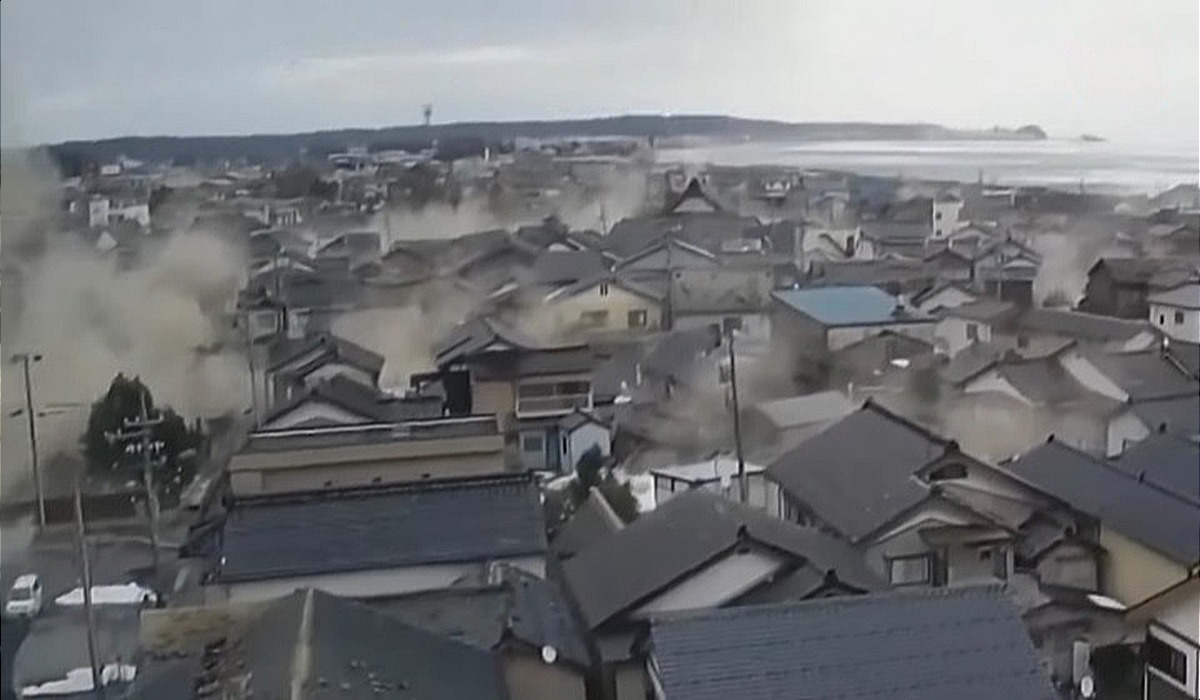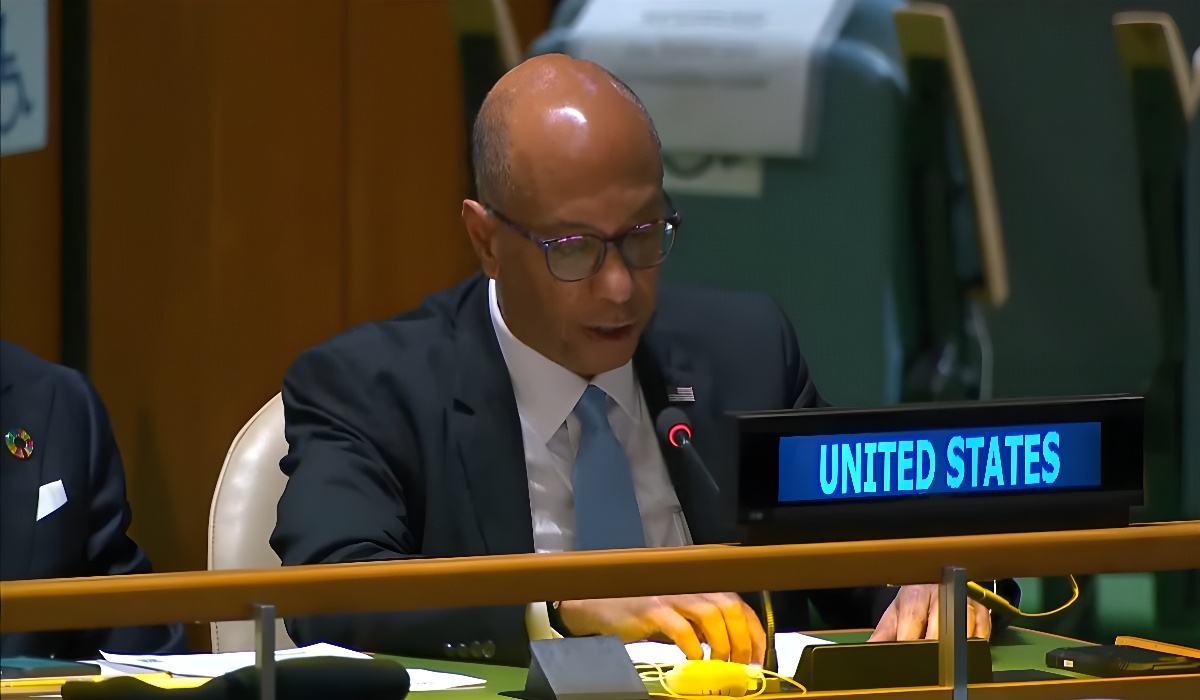Japan Rocked by the 7.6 Magnitude Earthquake On The Noto Peninsula
- Ingrid Jones
- Breaking News
- January 1, 2024

On January 1, 2024, at 16:10 local time (07:10 UTC), the Noto Peninsula in Ishikawa Prefecture, Japan, experienced a seismic jolt that sent shockwaves through the region. A magnitude 7.6 Mw earthquake struck, leaving devastation in its wake. This event, officially named the 2024 Noto Peninsula Earthquake, also triggered a tsunami measuring up to 1.2 meters (4 feet) along the Sea of Japan. As Japan copes with the aftermath, it is essential to delve into the historical context of earthquakes in the region, including the infamous 2011 Tōhoku earthquake and tsunami, which struck Fukushima.
The earthquake on the Noto Peninsula left a trail of destruction, affecting both urban and rural areas. The tremors caused buildings to sway, infrastructure to crumble, and communities to be thrust into chaos. Emergency services were mobilized to address the immediate needs of those affected, with rescue operations underway to locate and assist survivors. The following tsunami added to the challenges, inundating coastal areas and exacerbating the impact of the seismic event.
As reports emerged, the extent of the devastation became apparent. Homes were reduced to rubble, roads were impassable, and vital utilities were disrupted. The local population faced challenges accessing basic necessities, severely affecting the region’s economic activities. The Japanese government, local authorities, and international aid organizations rallied to provide relief and support to those affected, setting up shelters, distributing essential supplies, and coordinating rescue efforts.
Japan is in a seismically active zone known as the “Ring of Fire,” making it prone to earthquakes. The country has a long history of dealing with seismic events, with earthquake-resistant infrastructure and early warning systems to mitigate the impact. However, earthquakes’ unpredictability and sheer force continue to pose challenges for even the most prepared nations.
The 2024 Noto Peninsula Earthquake is a painful reminder of Japan’s vulnerability to seismic activity. The country faced a similarly devastating event on March 11, 2011, when a massive magnitude 9.0 earthquake struck off the coast of Tōhoku. This event triggered a powerful tsunami, causing widespread destruction and the Fukushima Daiichi nuclear disaster. The triple disaster claimed thousands of lives, displaced communities, and left an indelible mark on Japan’s collective memory.
In the years since, Japan has made substantial efforts to recover and rebuild affected areas, investing in infrastructure, implementing stricter safety measures, and advancing technologies to better predict and respond to future disasters.
The 2024 Noto Peninsula Earthquake is a stark reminder of the relentless power of nature and the ongoing need for preparedness in earthquake-prone regions. As Japan grapples with the aftermath of this recent event, the nation draws on its rich history of resilience and determination to rebuild and recover. The global community watches and supports Japan, recognizing the importance of international collaboration in the face of natural disasters.








